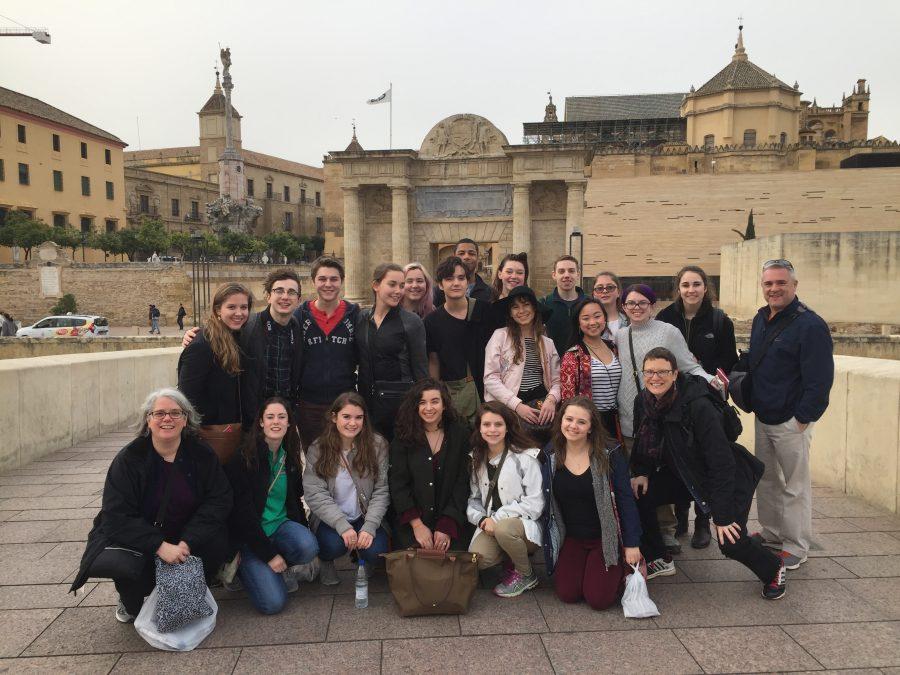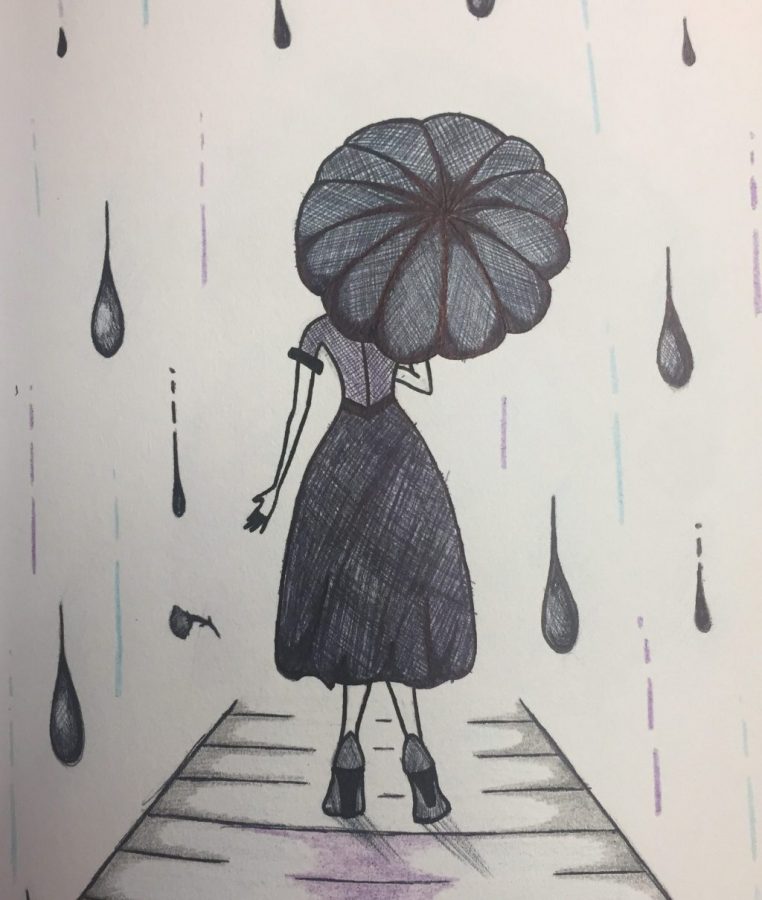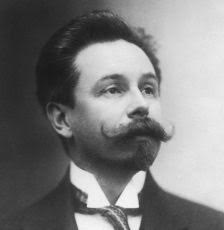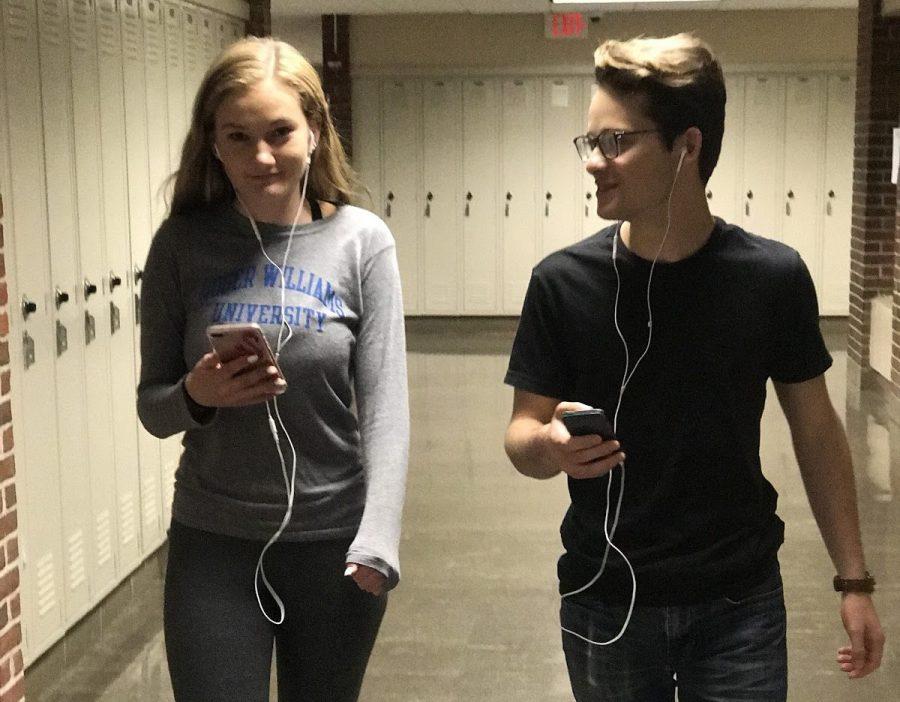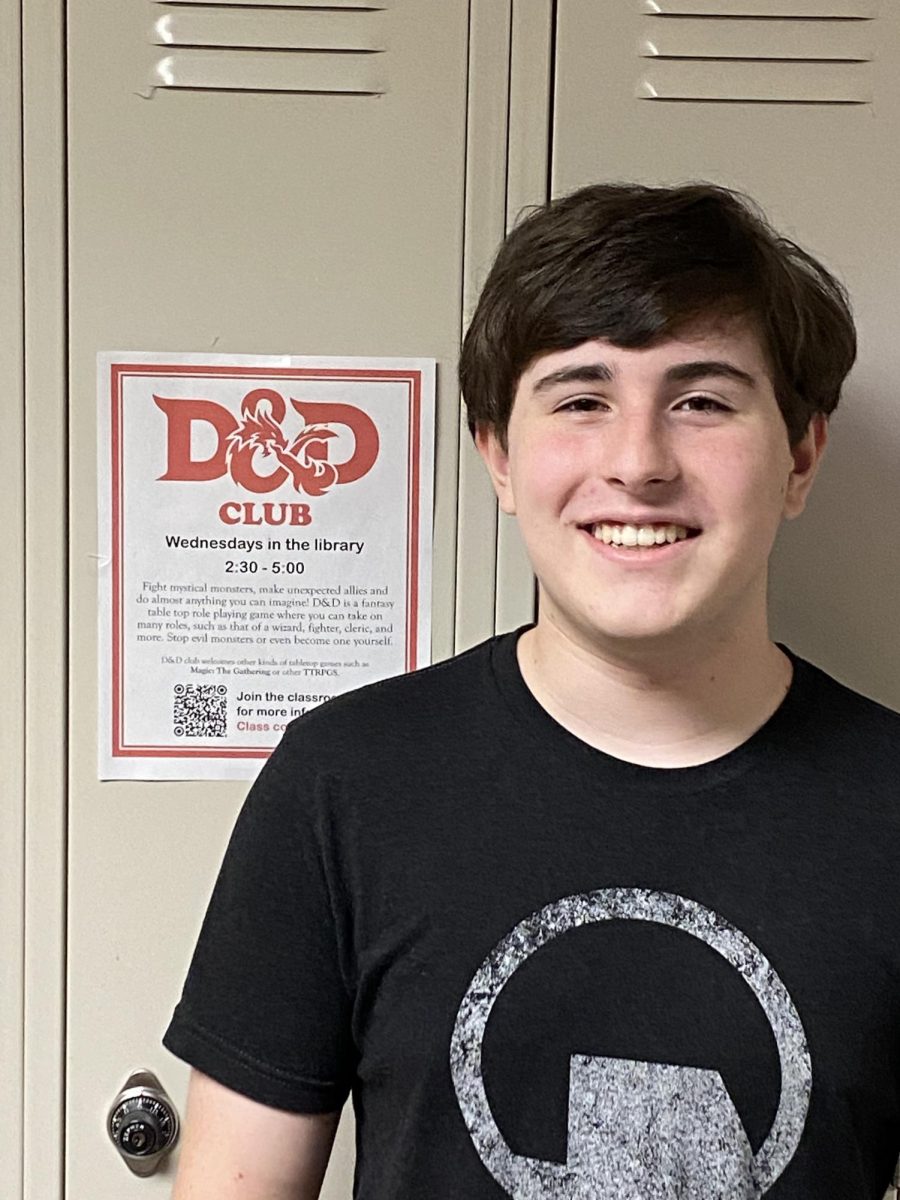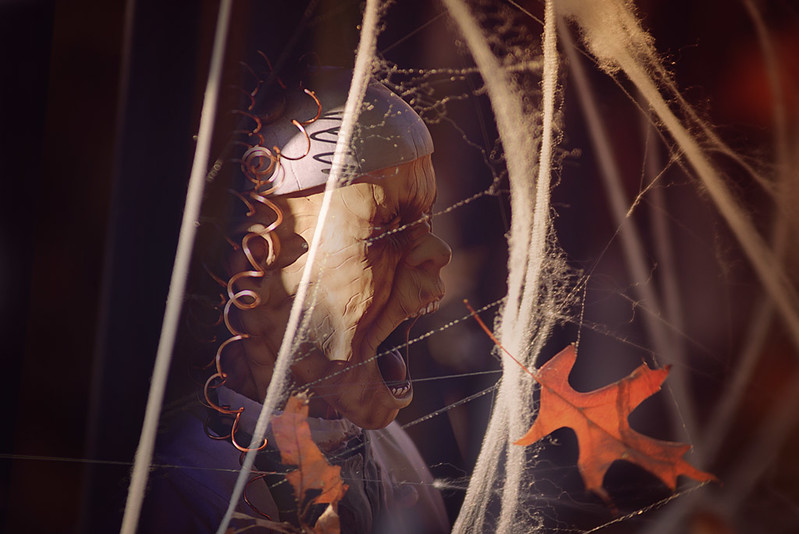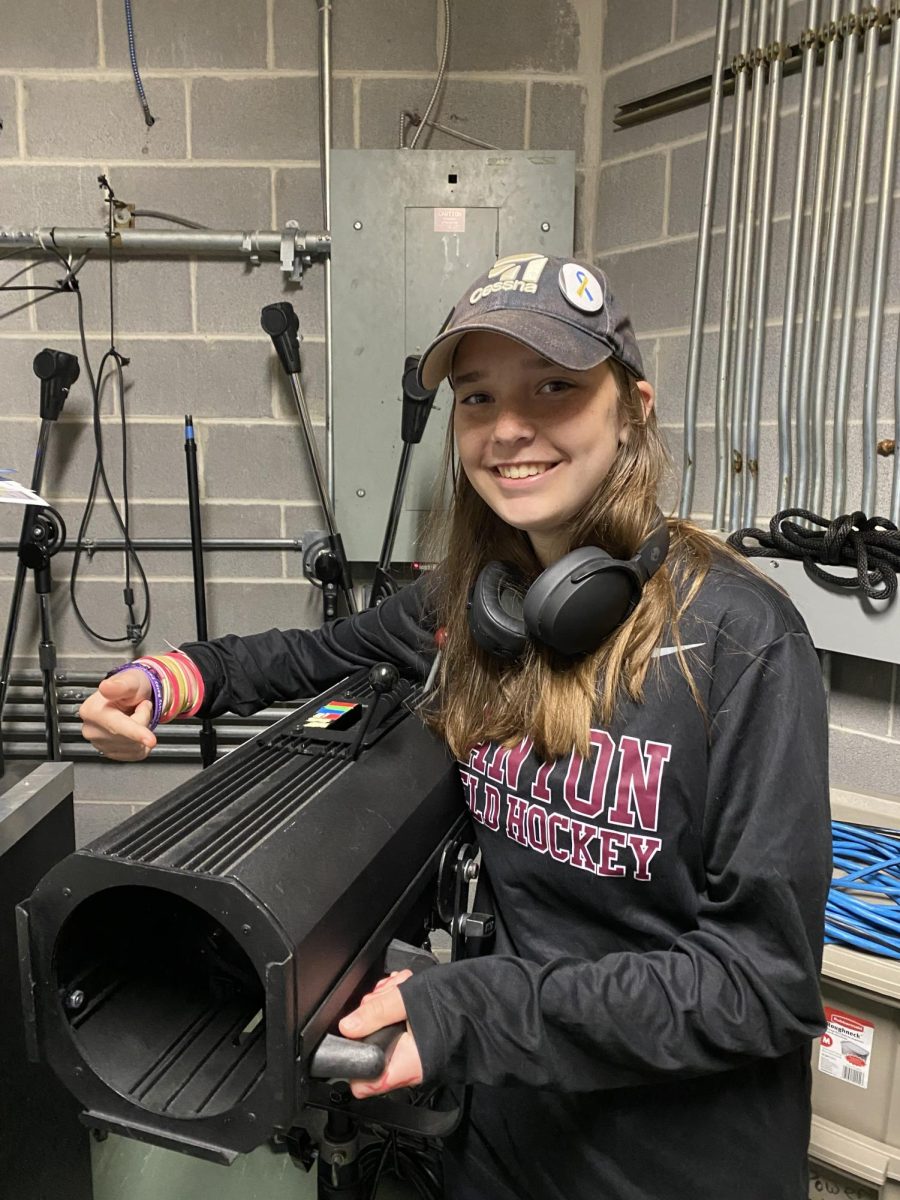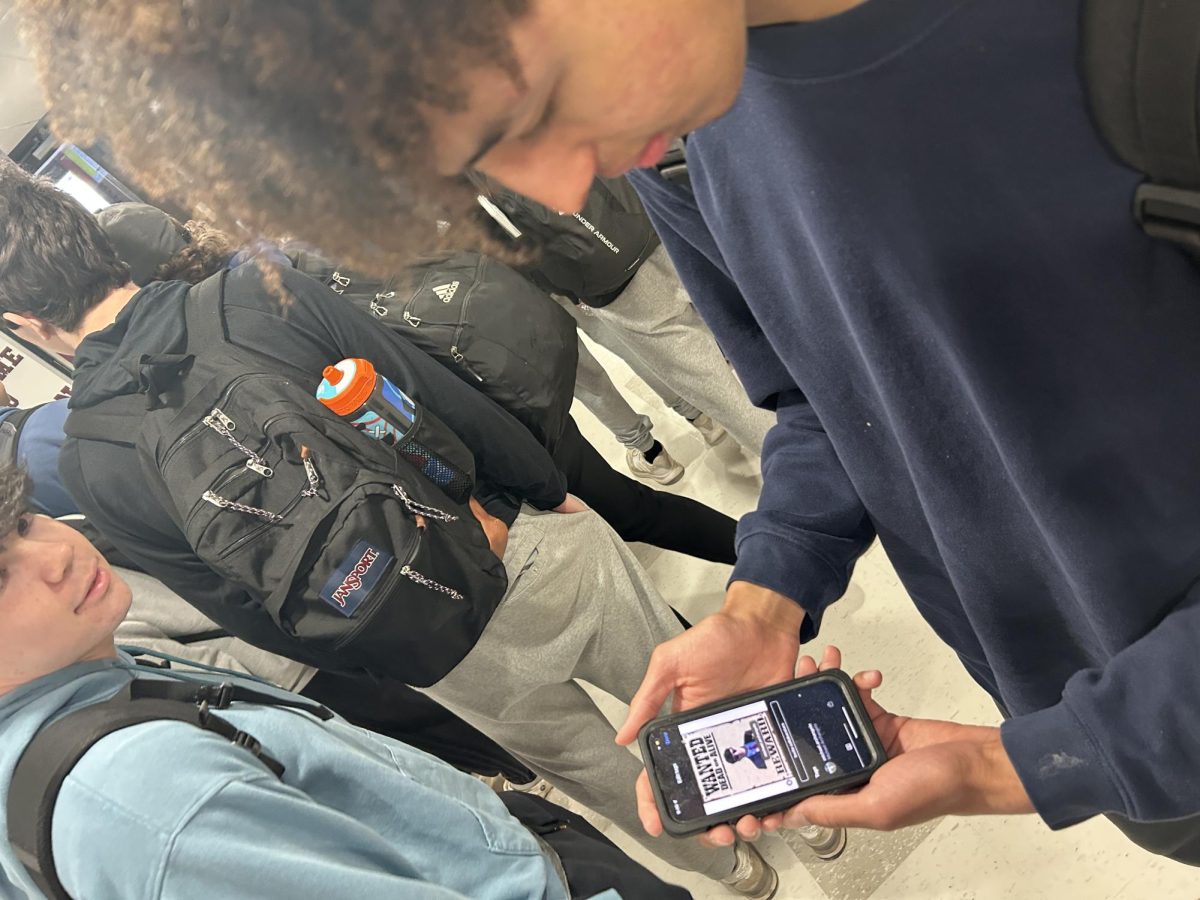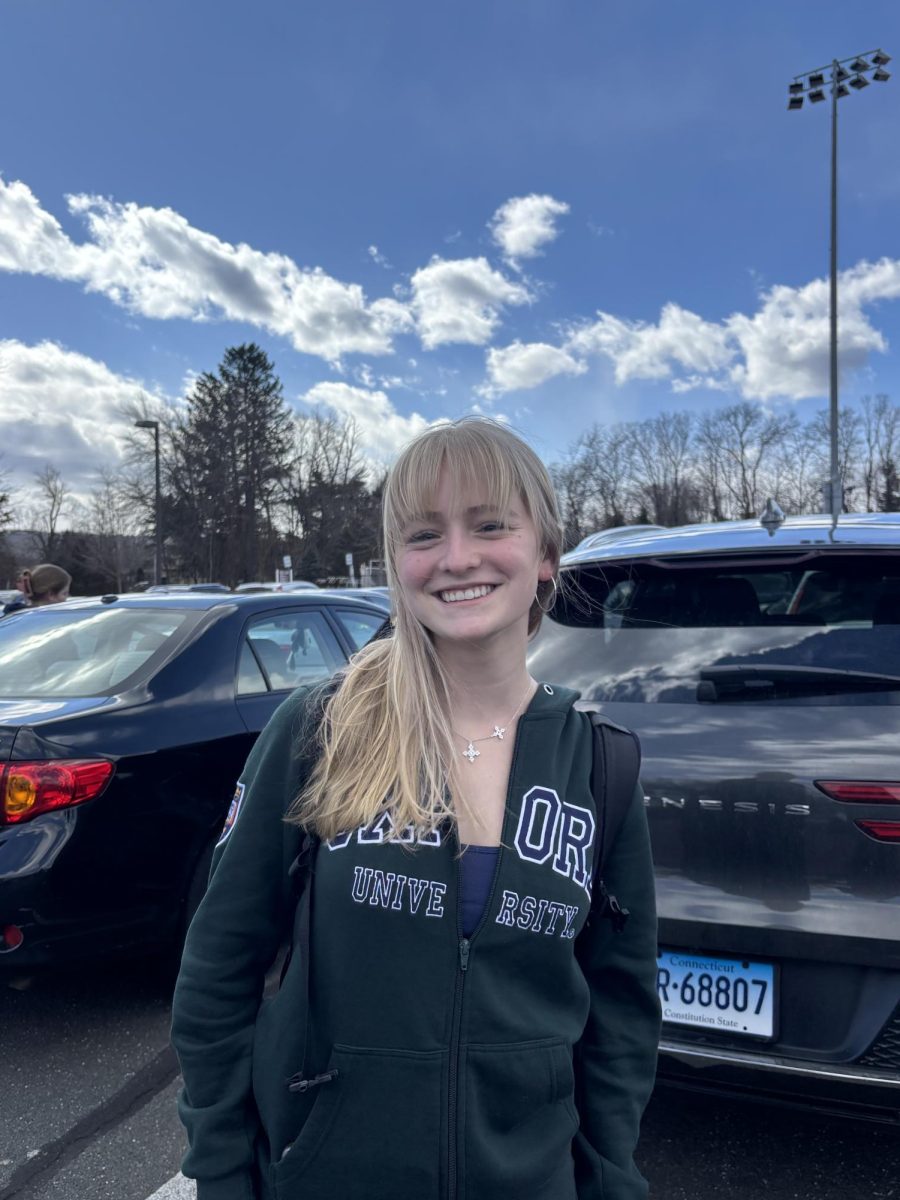Happy travelers – photograph by Meagan Laudenslager
BY MEAGAN LAUDENSLAGER
Imagine getting on a plane and waking up in a different country where there are palm trees, a new smell in the air, and people who don’t speak your language. Traveling internationally can be scary, but when all is said is done it is a very rewarding and educational experience.
On Saturday, February 18, 2017, 18 students from Canton High School, one from West Hartford, and three chaperones departed for Spain from JFK airport.
The group consisted of CHS students Bailey Edgren, Camy Jeffko, Gabe Mesa, Lindsay Vacca, Tim Biondo, Jane Frawley, Joe Bowman, Drew Bidmead, Ellie Galligan, Abby Treacy, Elizabeth Walburger, Katrina Giotsas, Marissa Schroeter, Katie Napier, Linnea Fiedler-Hoerle, Lynzee Mills, Colin Welcome, and Meagan Laudenslager. English teacher Mrs. Principe, Spanish teacher Ms. Smith, and Principal Mr. DiPippo,who brought his daughter Kara along, were the chaperones.
Our first destination was Granada, where we received a warm welcome from Raquel, our tour manager, and got a brief lesson of the history of the place we were about to see. We all walked around the town in awe, admiring all of the old architecture and beauty.
Granada is located in the southeastern part of Spain, with architecture that dates back centuries, most notably La Alhambra, which is a castle that was built over many centuries. It was owned by Arab Sultans, and it is said to be built around 1238. The views from the palace were unlike anything we had seen before, filled with mountains in the distance and old brown old buildings.
In modern day, Granada is known for Flamenco, as well as the little shops that fill narrow pedestrian only streets. One of these is The Alcaicería, where the Great Bazaar of Granada features stalls full of unusual clothing, pottery, and tourist souvenirs. The alleyways are very narrow and thick with all kinds of goods to buy, and a million ways to get lost.
From Granada, we traveled to Cordoba by bus, on the way noticing olive trees as far as the eye could see. They were all in a line, and were very pretty to look at. Since Spain is the main producer of olives and olive oil, there was a lot of interest and history in seeing where they were grown, and the different agriculture.
When we got to Cordoba, we visited The Great Mosque, a mosque that had been turned into a cathedral, and is considered one of the largest mosques in the world. Inside, there is a section of arches made of limestone and brick in contrast to another section that looked like a typical cathedral with the high ceilings, sharp edges, sculptures, and religious paintings. Construction of this mosque started in the year 785, and was finished in the 10th century. It was amazing to see the old buildings, and the deep history that one building could have. These kinds of things were very eye opening to most people, because most of the buildings and history start way before the United States was a country.
We continued on to Seville, arriving in the evening. The next day, we woke up to sunshine, palm trees, and warm air, a perfect day to visit the Plaza de España, full of striking architecture, beautiful mosaic tiles, and bridges that went over a moat.
Returning to the center of Seville, the group practiced their Spanish to order food and communicate with the locals, and later took in a Flamenco show.
We then traveled to our next stop, Madrid, by high speed train that goes 300 km/hr, an exciting and novel experience for us.
On a bus tour of Madrid, we stopped at La Puerta del Sol, a square that is noted for its large clock that is used for all of Madrid, kind of like the Big Ben of Spain. It is also used for the New Year’s show that is played throughout Spain. In addition, we visited Las Ventas, the biggest bull fighting ring in the world, which holds almost 23,000 people. It was interesting to learn about the culture of bullfighting, and some of the opinions that people have about it.
After the bus tour, we were brought to the El Prado museum. El Prado is an art museum, that hosts some of the most famous Goya and Flamenco paintings. We learned more about the culture and type of art that was seen in Spain throughout history.
The next day, we got on the bus, and headed outside of Madrid to a little town called Segovia. In Segovia, we got a tour of a castle that belonged to King Fernando and Queen Isabella, called the Castle Alcazar. We also saw a Roman aqueduct, that was built over 2000 years ago. The group enjoyed a picnic lunch right below the ancient castle.
On our last full day of touring, we went south of Madrid to Toledo, where drove up to get an aerial view of the city. There we saw the castle and the bridge that was the main defense of the city. Toledo is known for the big cathedral, as well as the swords that are built there. All through the streets there are a multitude of little shops selling expensive collectible swords and daggers. We also visited Sinagoga Santa la Blanca, whose plain exterior contrasted with the gold and white arches inside.
Reflections are one thing that everyone on the trip thinks about. We all look back on this experience, and wish to do it again. Both students and teachers appreciated being in a different country that has so much fascinating history. Although we were initially dismayed that our phones only worked with WiFi, we were happy to have our attention focused on all the new and beautiful sights and experiences we encountered.
Students Experience Spanish Culture
March 9, 2017
0
More to Discover
